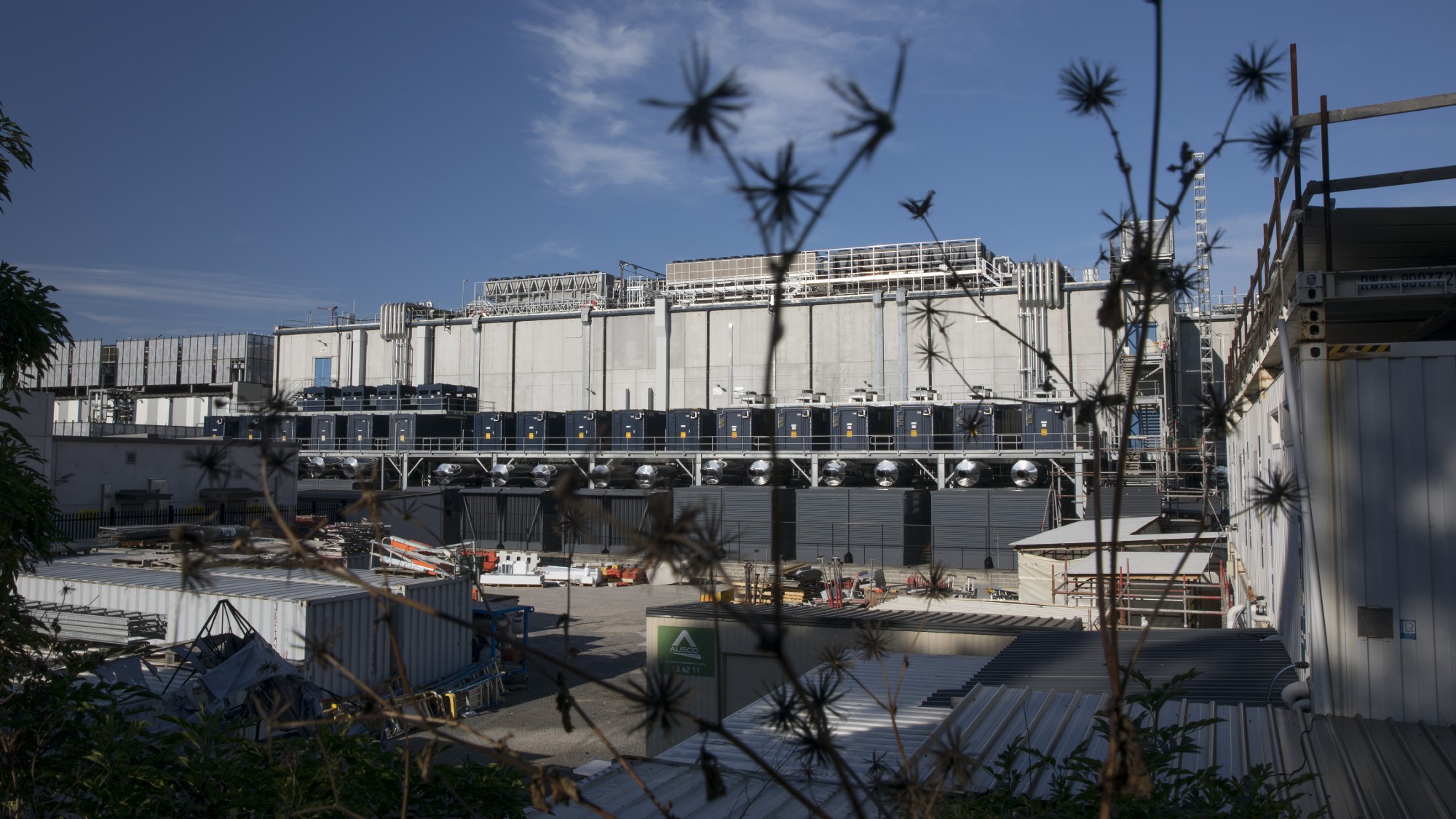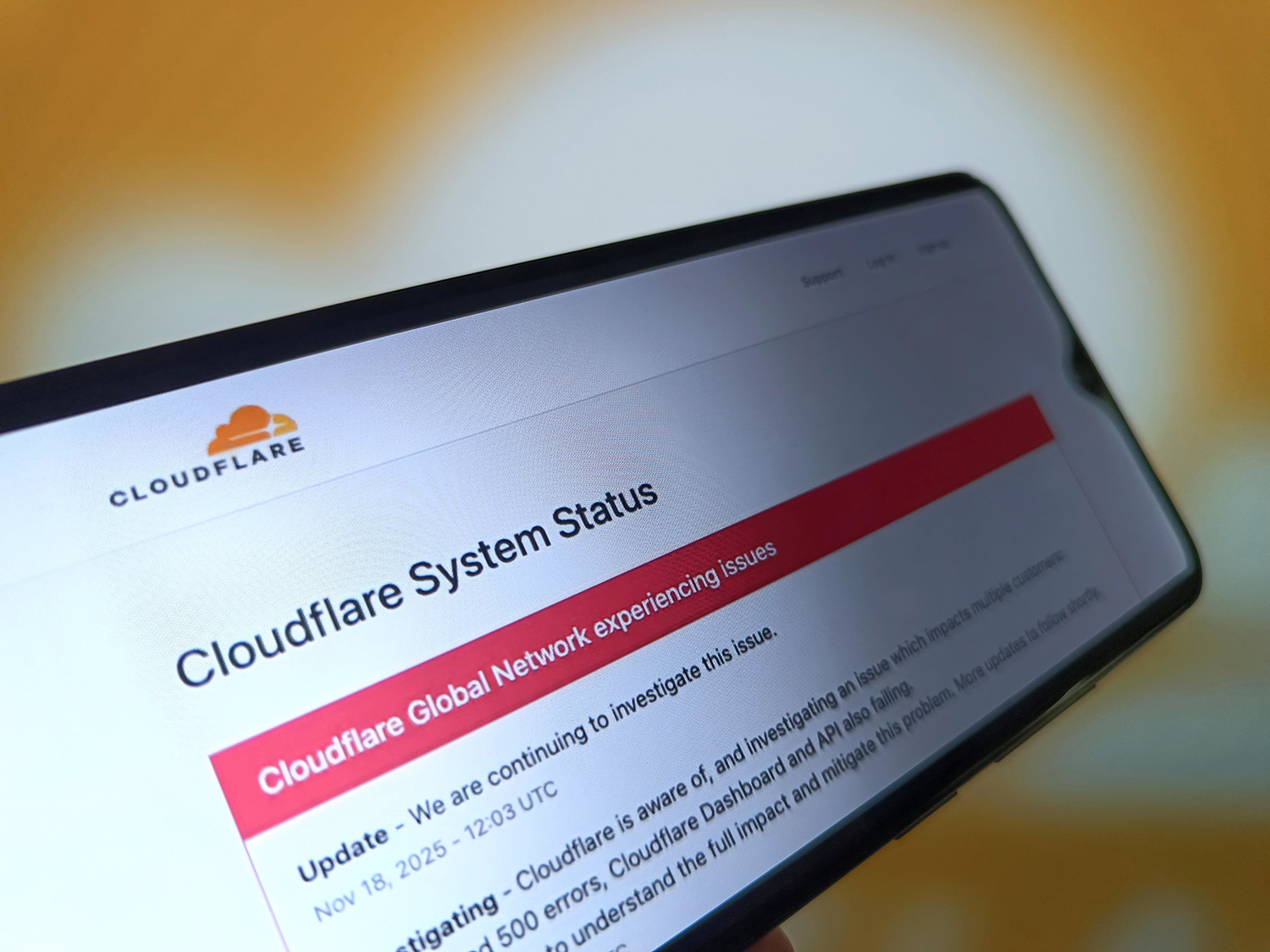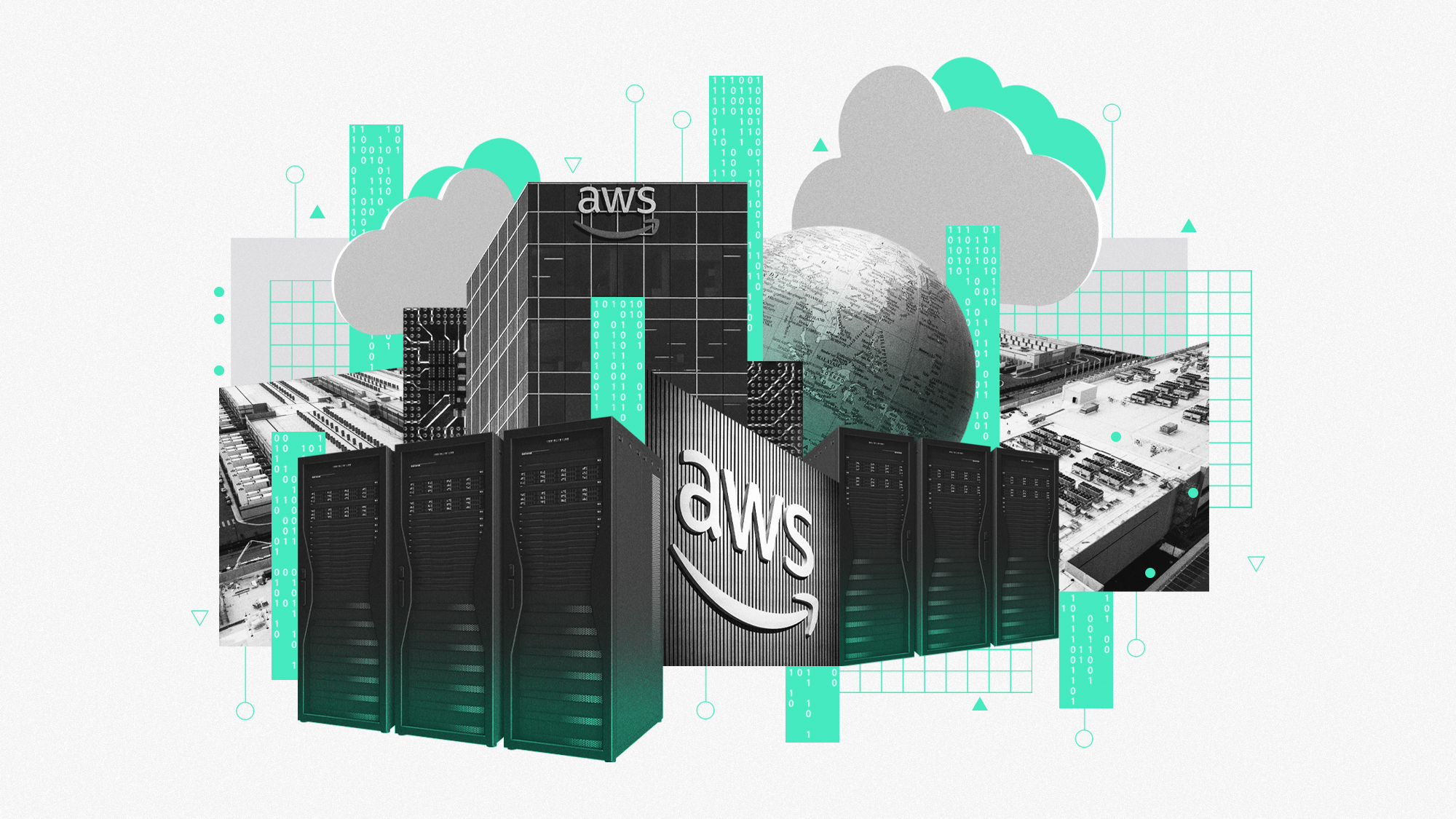The data centres that power the internet
They are absolutely central to modern life, but data centres are increasingly proving a cause for concern

Data centres are the backbone of the internet and of much modern IT. They store, process, send and receive the data we produce and use. Each new development in IT – such as the growth of social media, TV and music streaming, online gaming, online banking and cloud computing – has led to the need for more data centres.
Today, an average centre contains 2,000 to 5,000 servers, along with the infrastructure needed to support them: a power supply, with "uninterruptible" back-up provision; connections to external networks; and ventilation, cooling and fire suppression systems, because servers that are used constantly get very hot.
What do data centres look like?
Ever since the internet became a tool for mass communication, there has been a need for these large complexes, which are filled with rows of servers (computers that provide data requested by other devices).
The Week
Escape your echo chamber. Get the facts behind the news, plus analysis from multiple perspectives.

Sign up for The Week's Free Newsletters
From our morning news briefing to a weekly Good News Newsletter, get the best of The Week delivered directly to your inbox.
From our morning news briefing to a weekly Good News Newsletter, get the best of The Week delivered directly to your inbox.
They tend to be housed in big, secure, warehouse-like structures. For example, the Stellium Data Centre in Newcastle-upon-Tyne is a leading "colocation" data centre – one that rents equipment and bandwidth to retail customers. It has several data halls, each over 1,000m2 , lined floor to ceiling with cages, inside which sit the clients' servers in racks. Lines of ten vast coolers in each hall keep them at a constant 24°C, and maintain no lower than 40% humidity (low humidity allows static electricity to build up). Largely renewable energy is piped in – the Dogger Bank Wind Farm is about 80 miles off the coast – providing 80MW of power, comparable to that used by a medium-sized town.
Where are they?
There are data centres all over the world, but most are in North America, Europe and East and Southeast Asia. Although the industry is somewhat opaque, there are thought to be around 500 in Britain. Many are clustered just outside large cities – close enough to facilitate high-speed online traffic from urban centres, but far enough outside the centre to take advantage of cheaper land prices.
Slough in Berkshire, just outside the M25, is now home to Europe's largest collection of data centres: 34, according to one estimate. Slough Trading Estate is thought to be the one of the largest data hubs in the Western world, after one in Virginia, near Washington DC. Virgin Media O2 has its largest mobile data centre in Slough; 95% of all card purchases in London pass through the town. Many data services can now be provided at considerable distance; the availability of cheap, sustainable electricity and cool climates have made Nordic nations – Norway and Iceland – an attractive proposition; Ireland, too, is a huge data hub.
Why are people worried by them?
The modern world could not function without data centres. Yet they are causing increasing consternation, for several reasons. Chief among those is their insatiable demand for power and water. They are estimated to use between 1% and 2% of the world's power; according to the International Energy Agency (IEA), in 2022 they consumed an estimated 460 terawatt hours (TWh), but their consumption is likely to reach more than 1,000 TWh by 2026, roughly equal to that of Japan – a country of 125 million people.
A free daily email with the biggest news stories of the day – and the best features from TheWeek.com
Big tech firms such as Google, Meta and Microsoft use power on a scale similar to that of smaller countries. This raises two main concerns: firstly, the contribution to rising carbon emissions; secondly, the question of how to maintain national grid infrastructure when demand is shooting up at an unsustainable pace.
Why is power use shooting up?
Demand for digital services is growing rapidly. We pay by card more, use smartphones more, watch TV online, use video chat tools, and may even have a Wi-Fi-connected boiler or doorbell. The data centres used to create and process bitcoin and other cryptocurrencies are also highly energy intensive (using some 2% of all US power generation).
But the single biggest cause of the sudden surge in electricity demand is the rise of artificial intelligence. Generative AI systems are trained on very large stores of data, using ultra-powerful GPU microchips, which consume a lot of energy. Each time an AI system is activated, to answer a question or generate an image, it trawls through its vast dataset, which is again very costly in terms of power. It has been estimated that Google's new AI search facility uses up to ten times as much energy per query as a traditional keyword search.
What can be done about this problem?
Many data centre providers have ambitious zero-carbon energy targets. Equinix, a big data centre multinational, says that in the UK, more than 95% of its energy is already provided by wind and solar, and that it is on track to get to 100% by 2030. Arguably, the industry can help push decarbonisation by guaranteeing big renewable energy purchases.
But if AI continues to grow at its current pace, it will be very difficult for the energy infrastructure to keep up. Sam Altman, chief executive of the market leader OpenAI, said earlier this year that an energy "breakthrough" – he has invested heavily in nuclear fusion – will be needed to power AI.
How will the market develop?
The vast energy demands do "raise the question of what society is getting in return for the natural resources needed", says Tom Clarke on Sky News. Some ask whether we really need to store so much ephemera in the cloud; whether AI is worth the investment. But the market is likely to follow the money. Globally, the cloud services market is now worth about $600bn, and growing by over 15% per year. In Britain, particularly around London, many new data centres are being planned. John Pettigrew, the CEO of National Grid, warns that electricity demand from data centres in the UK will increase six-fold in the next decade, requiring "bold action" to adapt the grid.
-
 Blackouts: Why the internet keeps breaking
Blackouts: Why the internet keeps breakingfeature Cloudflare was the latest in a string of outages
-
 AI agents: When bots browse the web
AI agents: When bots browse the webfeature Letting robots do the shopping
-
 ‘Deskilling’: a dangerous side effect of AI use
‘Deskilling’: a dangerous side effect of AI useThe explainer Workers are increasingly reliant on the new technology
-
 How the online world relies on AWS cloud servers
How the online world relies on AWS cloud serversThe Explainer Chaos caused by Monday’s online outage shows that ‘when AWS sneezes, half the internet catches the flu’
-
 Digital addiction: the compulsion to stay online
Digital addiction: the compulsion to stay onlineIn depth What it is and how to stop it
-
 AI workslop is muddying the American workplace
AI workslop is muddying the American workplaceThe explainer Using AI may create more work for others
-
 Will online age checks doom internet freedom?
Will online age checks doom internet freedom?Today's Big Question Or do they protect children from harm?
-
 Big Brother is watching: Wi-Fi signals can track you in your home
Big Brother is watching: Wi-Fi signals can track you in your homeUnder the radar It could open the door to mass surveillance

